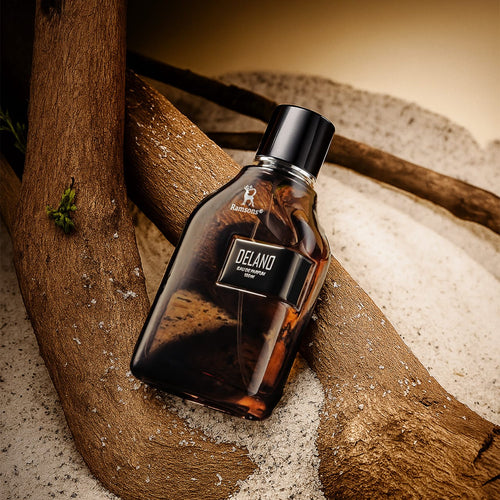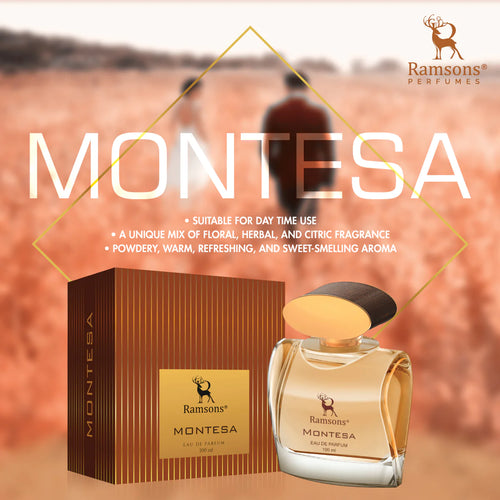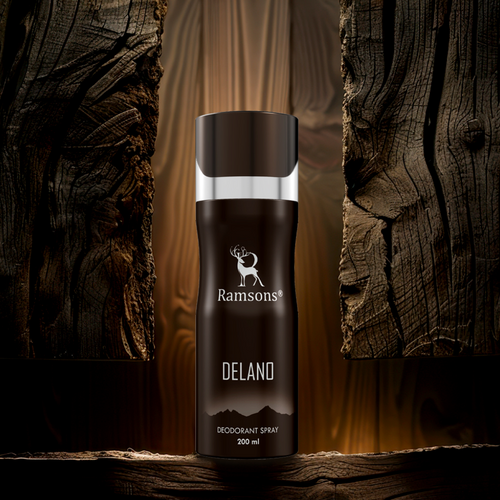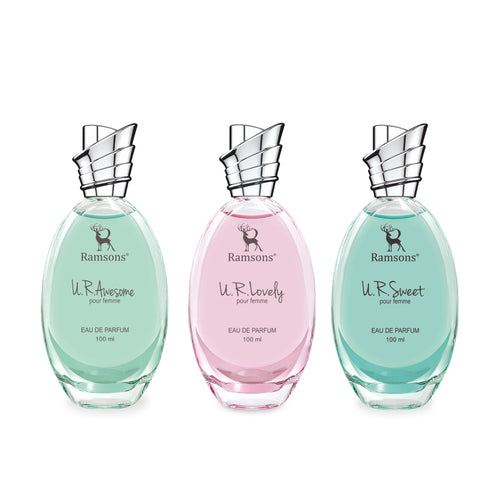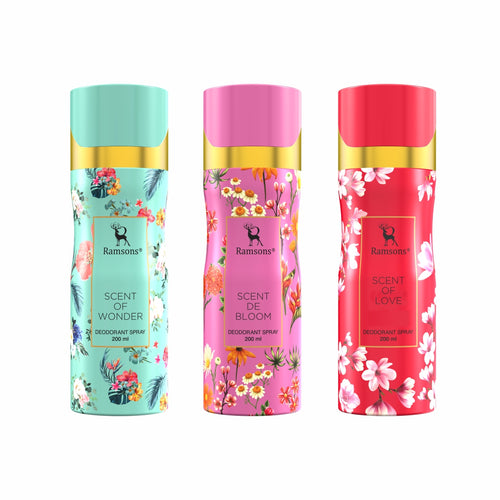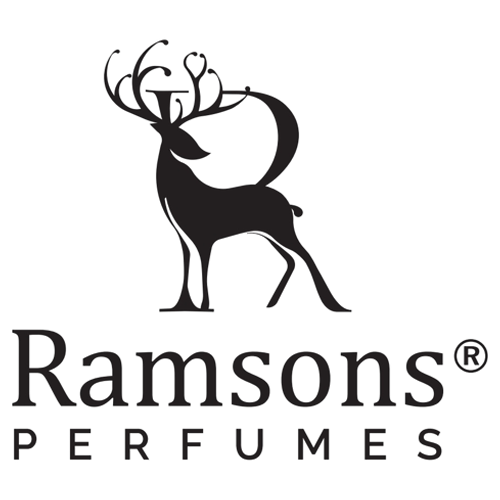Introduction
Perfumes, with their enchanting aromas, often leave us wondering about their magical ingredients. At the heart of every perfume lies its base, a crucial element that shapes its character and longevity. Let's delve into the world of perfume bases, exploring their types, influences on scent, and how to choose the perfect base for your signature fragrance.
Exploring Bases
Perfume bases serve as the foundation upon which captivating fragrances are built. They consist of a blend of ingredients that provide depth, richness, and staying power to the scent. Common ingredients found in perfume bases include essential oils, aromatic compounds, fixatives, and solvents.
Natural vs. Synthetic Bases
Natural perfume bases are derived from botanical sources like flowers, fruits, spices, and resins. They offer a pure and authentic olfactory experience, often appealing to those seeking organic and sustainable options. On the other hand, synthetic perfume bases are created in laboratories, mimicking natural scents or producing entirely new fragrance profiles. They provide versatility and consistency in perfumery.
Popular Perfume Bases
-
Floral Bases:
Enchanting scents reminiscent of blooming gardens, including rose, jasmine, and lavender.
-
Citrus Bases:
Fresh and invigorating notes like lemon, bergamot, and orange, perfect for uplifting fragrances.
-
Woody Bases:
Warm and earthy aromas such as sandalwood, cedarwood, and patchouli, adding depth and sensuality.
-
Oriental Bases:
Exotic and spicy fragrances like vanilla, cinnamon, and amber, evoking mystery and allure.
How Bases Influence Scents
The choice of perfume base significantly impacts the overall fragrance experience. Bases interact with other scent components, altering their intensity, longevity, and character. Perfumers use blending techniques to harmonize different bases, creating unique and memorable perfumes.
Choosing the Right Base
When selecting a perfume base, consider factors such as personal preferences, occasions, and seasons. Match lighter bases with daytime wear and reserve richer bases for evening events. Experimenting with combinations allows you to craft custom scents that reflect your mood and style.
Conclusion
Understanding the significance of perfume bases empowers you to navigate the world of fragrances with confidence. Whether you prefer floral elegance, citrus freshness, or woody warmth, the right base can transform a scent into a cherished accessory. Experiment, explore, and indulge in the artistry of perfumery to find your perfect olfactory expression.

